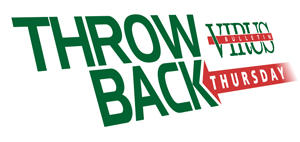Posted by Virus Bulletin on Oct 29, 2015
This Throwback Thursday, we turn the clock back to July 2002, when virus hoaxes were wreaking havoc in homes and organizations worldwide.
Virus hoaxes — false reports or warnings about non-existent viruses whose traditional payload was time wasting and increasing user anxiety about the virus threat, but which could also extend to getting the user to delete essential system files — are today something of a rarity, but back in the day they were the cause of all sorts of disruption, frustration and even damage.
Indeed, following some statistical tracking of hoaxes, Andrew Lee determined that an effective virus hoax could be as damaging as a mass-mailed fast-burning virus — and sometimes more so.

In an opinion piece published in July 2002, Andrew described some of the more well-known hoaxes, such as the Elf-bowl hoax, the JDBGMGR.EXE hoax and the SULFNBK.EXE hoax, and argued the case for classifying hoaxes as malware.
Andrew Lee's article can be read here in HTML-format, or downloaded here as a PDF.
Posted on 29 October 2015 by Helen Martin